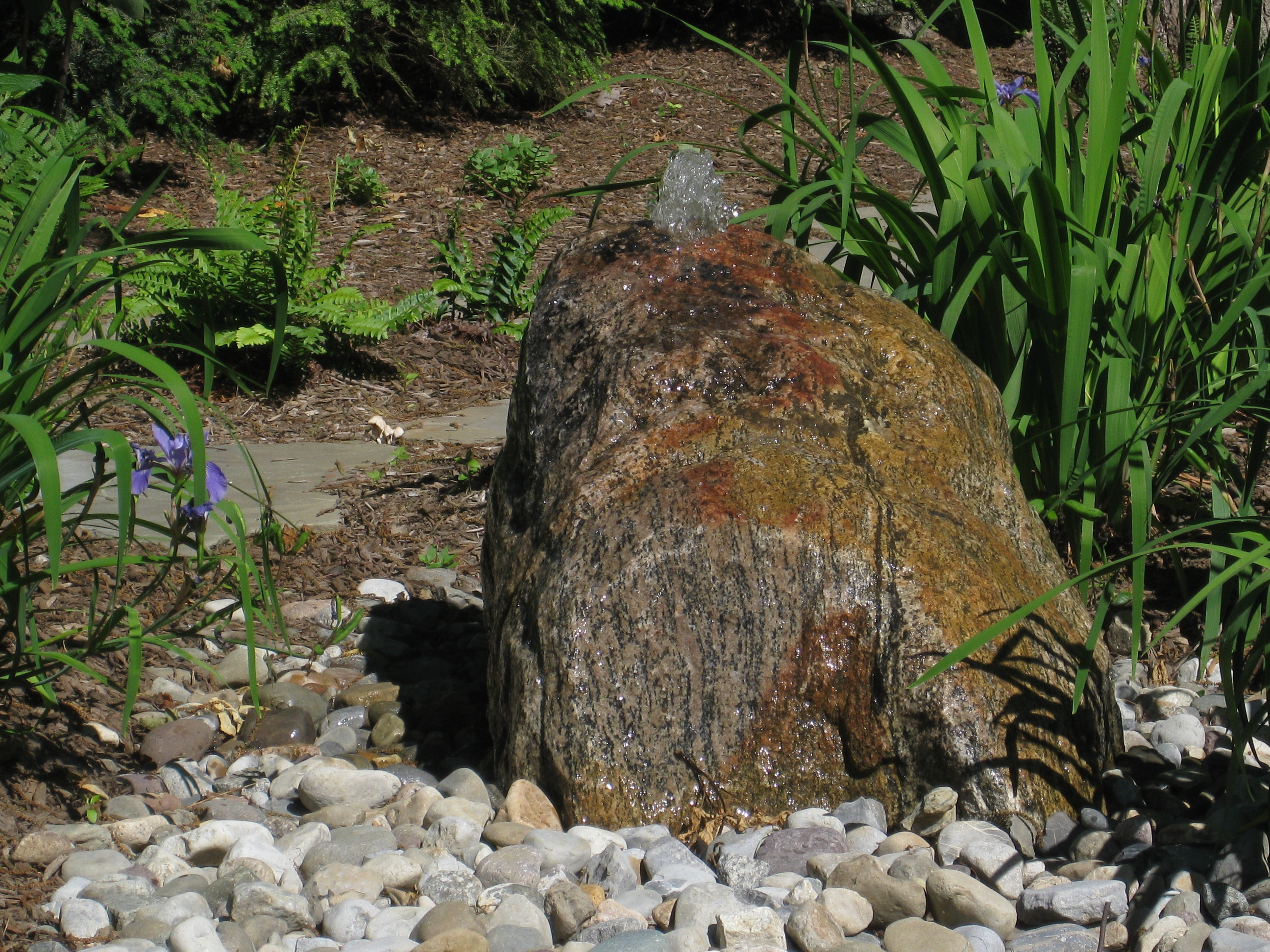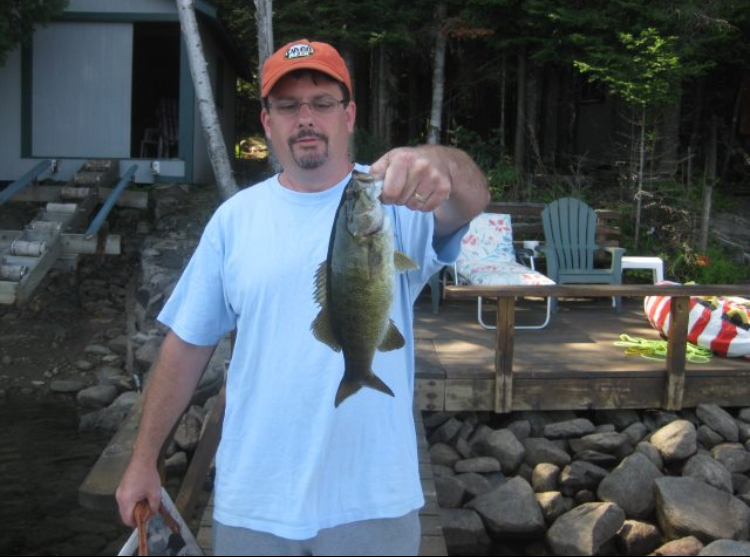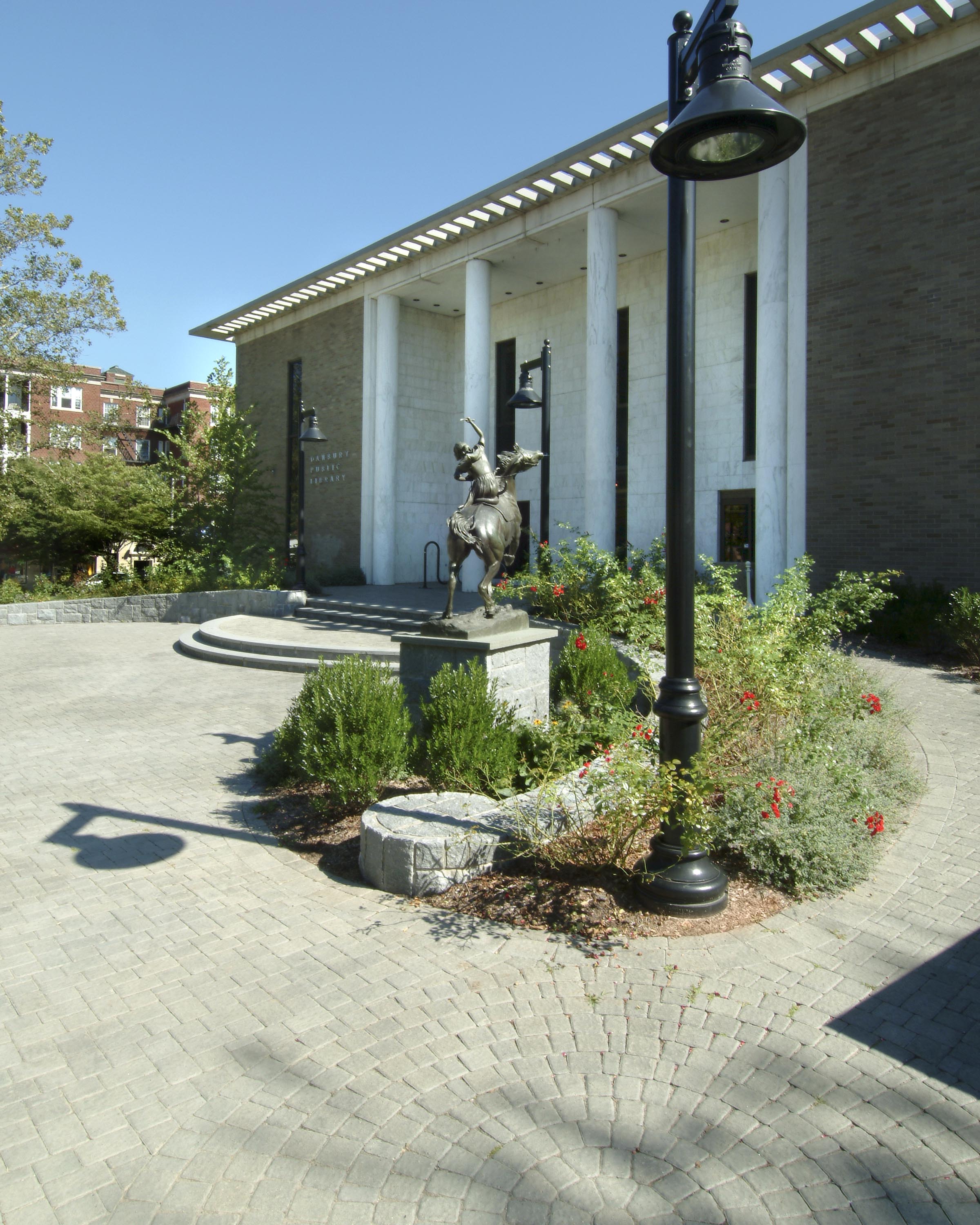
1579649311000
regenerative landscapes
Regenerative landscape designs evolve within their environment. They are not placed but incorporated into the natural ecosystem. Regenerative design is informed by the cultural and ecological characteristics of the place, and humans are considered a part of the ecosystem. Successful regenerative landscapes contribute to the health and happiness of the people who live, work, and play in that landscape. In contrast to designs of sustainable landscapes that mitigate the harm that a built environment imposes on the ecosystem, the regenerative landscape is designed to improve and evolve within the ecosystem, including the human experience. DALA has been incorporating regenerative design principles in their designs for over 20 years. One example of this regenerative approach is how they contribute to the design of stormwater management structures. The structures configuration and landscaping will not only treat the quantity and quality of the runoff but enhance the environment for the local flora and fauna and provide human access and interaction. The result is a thriving landscape that also is a place for interaction, quiet contemplation, education, and healing. DALA’s 2020 vision is to increase their knowledge base of regenerative design and continue to advocate for each landscape. A LEED platinum regenerative landscape includes stormwater treatment, permeable pathways and a small lawn area for play. This landscape took a mono-culture lawn and made it a place where everyone thrived.

1576700049000
Diversity of Landscape architecture
I remember a professor at SUNY College of Environmental Science and Forestry stating that the best part of landscape architecture is the diversity of projects, and the worst part of Landscape Architecture is the diversity of projects. After 40 years of practice, I agree. Landscape Architecture is the art and science of site design and can encompass sites of several square miles to sites of several square feet. A landscape architect can master plan a downtown or design a pocket park. The vast amount of knowledge, expertise, and experience required to practice Landscape Architecture can be daunting. Therefore, many times, a firm may specialize.Specialties can be size or kind of project to a specific design philosophy. In our first ten years as a firm, we realized at Didona Associates-Landscape Architects that our specialization would be around a design philosophy: “Water is a Resource.” We strive to include design elements into every project that will protect and enhance our water resources. After thirty years, DALA has designed a diversity of projects with the consistent theme of incorporating features, structures, and plantings that treat water. This focus has opened up many opportunities including the design of beautiful streetscapes with permeable paver tree trenches, school plans that incorporate stormwater management BMPs not only for water treatment but as places for outdoor education and recreation, senior housing with a beautiful entry courtyard that includes permeable pavers and a rain garden bio filtration strip. We are now known for our designs that incorporate beauty as well as features for water quality which has provided us with a diverse client and project list. These three projects show how water quality features can become vibrant elements in public, commercial, and residential landscapes.This article is featured in the CTASLA Fall 2019 Connecticut Landscape Architect and will be on their new website in January, 2020.

1560466226000
our interests enrich our designs
The more we read about Frederick Law Olmsted and how his early life and careers affected his landscape designs, we realized that our own life experiences and interests have a profound effect on the work we do at DALA. For this Thirtieth Anniversary blog, we thought we should share our outside interests and how they have enriched our designs over the years. Keith grew up enjoying time spent in the Adirondack mountains where he discovered the beautiful landscape of upstate New York and later, after marrying, Canada lake country. Similar to the impact of 19th Century Connecticut landscape on Olmsted, these landscapes have influenced Keith’s aesthetic. At a young age, he developed a passion for fishing, ice fishing, and skiing (as Keith loves the winter landscape as well). These interests have carried over into his professional career. For example, on one of our environmental remediation projects, the program included a fishing platform. Keith, as an avid fisherman, brought not only the technical knowledge to that project but, through his personal experience, the understanding of where the platform would be better located and what elements are essential. His interest in the environment has also developed into passions that include gardening and growing hops for his home brew endeavors. His understanding of the impact of soil, sun, and water on his crops has enhanced his knowledge of organic landscapes. Jane, on the other hand, grew up in New York City and Long Island. Her earliest memories include visiting Jones Beach, Rockefeller Center, Shea Stadium and the Metropolitan Museum of Art. She loves the urban vibe of these locations but also cherishes her time spent hiking at the local trails, kayaking in the Great Swamp and the Long Island Sound, plein air painting the Connecticut landscape, bicycling the local roads and trails, and gardening. Jane has also worked and taught at the New York Botanical Garden. These experiences have influenced her designs from urban infill projects in Norwalk to bicycle trails in West Haven. Olmsted’s early travels through Europe and pre-civil War south influenced his belief in the landscape as a means for social justice and health. Similarly, both Keith and Jane have spent time traveling and experiencing different views around the world. Keith grew up as a Navy brat and spent his very early years in Puerto Rico. He spent his off-campus semester in Barcelona, Spain, and has also traveled to France, the Netherlands, and Australia. Jane has traveled more in recent years; transformed by Italy, the Pura Vida of Costa Rica and the big sky of Utah. Our most recent blog discussed our dedication to service. But the impact of our service on our landscape design is profound. As a member of the Lions Club, Keith has dedicated countless hours to the eyesight impaired through managing the CRIS radio studio for the blind and conducting eye screenings at local elementary schools. As a result, he is DALA’s expert for accessible landscape design. Through Jane’s volunteer work with the Danbury Rotary Club and the Friends of Ball Pond, she was exposed to the water quality crisis. Protecting natural aquatic ecosystems influenced her decision to return to SUNY College of Environmental Science and Forestry and obtain her MSLA with her thesis on stormwater management and landscape design. Not only does she incorporate stormwater management practices in DALA’s designs, but has lectured and taught the value of these practices to several organizations and at seminars. Whether it be from our upbringing, travel, or service, each of these experiences has impacted our work over the past thirty years. We look forward to what is to come.

1553878607000
Service to our community
Service to our community has always been an integral part of the Didona Associates – Landscape Architects business culture. Keith and Jane have been active members of their community in many capacities. They also are very involved in providing expertise for pro bono projects that need DALA outreach and design talents. Thirty years later, we see the positive impact these community service projects, and volunteer activities have had on the region and the profession of Landscape Architecture.Service clubs have been a rewarding avenue for reaching our community. Keith and Jane have been active in local service clubs and organizations. Keith has been a member, past president, and active volunteer for the Lions Club of Danbury since 1997. He has managed the CRIS Radio program and participated in many Lion activities from street cleaning to eyesight screening at local schools. Keith is a past president of the local club and secretary for the regional governor. He is also the advisor to the local high schools LEO clubs, mentoring the student boards and providing support for LEO activities. His commitment to the club has been recognized with several notable awards.Jane has been a member of the Rotary Club of Danbury, a board member of the Chamber of Commerce, a board member of the Western Connecticut Regional Hospice, a board member and past president of the Friends of Ball Pond, a committee member of Main Street Danbury Renaissance, a member of the Architectural Advisory Committee for CityCenter Danbury, a founding member of the Cultural Alliance of Western Connecticut, and an advisory committee member for the Ancell School of Business at WCSU. Jane has also served on the Communications Committee for the Construction Institute and has been a member of several professional organizations in the State of Connecticut. However, the service activity she has valued the most was being a member, secretary, vice president and president of the Connecticut Chapter of the American Society of Landscape Architects. She devoted eight years to the executive committee working tirelessly to advocate for the profession to the state and local governments. Her tenure has resulted in a stronger chapter that supports its members through advocacy, outreach, and education.Service to the community can also be provided through donations of expertise. Since the start of the firm, Jane and Keith have been committed to providing pro bono projects for the Danbury region. Their first project was the Stage Left Garden at the Charles Ives Center in 1990. Other notable projects are The Rogers Park Pond Renovation, the Hahlawah Preserve, and The Healing Hearts Garden for Western Connecticut Regional Hospice. They have also assisted several local land trusts, nature centers, and both the Girl and Boy Scouts of America. Their goal is to create places in the local communities that are sustainable and aesthetic while providing opportunities for recreation and education.Their most recent pro bono project is the master plan for the renovation of the World War II memorial garden in Rogers Park. Sadly, the current memorial is a ghost of its former self. Keith and Jane hope to engage the community to support this vital garden that honors service men and women who gave their youth or their life to save the world from tyranny. It is essential that we never forget their sacrifice. The attached plan and photos illustrate the original memorial, its current condition, and our concept plan. We hope that the Danbury World War II memorial garden will become the revered place it once was. Rogers Park WWII Memorial in the 1950s and today

1550608797000
continuing our education
Since we started DALA in 1989, we have valued continuing education. Our goal is not only to satisfy the requirements of our licenses but to expand our knowledge base so we can better serve our clients, projects, and the environment. Thirty years later, we are convinced that one of the reasons for our firm’s success is this commitment to education.Our recent education sessions have been eclectic but have provided invaluable information that we will integrate into our practice. Keith has attended two seminars in New York that discussed Current Issues in Landscape Architecture and New York Wetlands Law and Compliance. Topics included complying with land use and wetland laws, understanding barrier-free requirements in outdoor spaces and creating pollinator habitats. The barrier-free requirements and pollinator habitats were of particular interest to Keith because: Barrier-free requirements quite often require creative solutions for a project to be in compliance while maintaining the aesthetic value of a project. However, with early planning in the design process and an open mind to different solutions, compliance can be beautifully achieved. One example is our design of the accessible route for the Danbury Library Plaza. It not only provides access to the building but visual access to the Sybil Ludington statue and an element that complements the design concept of the plaza. (see photo)Habitat for pollinators has been decreasing and becoming more fragmented as more of the world is developed. Pollinators (bees, butterflies, etc.) are critical for the natural environment as well as modern agriculture and by increasing and diversifying their habitats, providing better proximity to resources and employing integrated pest management techniques, the pollinators can thrive as they perform the essential functions that create a sustainable environment. Webinars are another method to attend educational sessions and Jane's most recent webinars have been all about trees: The Utah State University Forestry Extension webinar on Trees: A Risk Worth Taking discussed what factors influence tree failure and how to assess the risk. An important concept is that all trees present some risk, but how is acceptable risk determined. Using the ISA Tree Risk Assessment form as a standardized check list, the tree professional considers the condition, the location and environment as part of a comprehensive risk assessment.Another webinar from Utah State discussed salt as a factor in tree health, especially in coastal and/or northern climates. Sodium Chloride will either enter the tree systemically through contaminated drainage or accumulate on leaves, needle or buds through salt spray. The result in both cases is usually tree failure. Trees may thrive in these environments if some best management practices such as specifying proper species, diverse planting palette, raised beds, and education of methods of salt application, flushing techniques, and/or salt alternatives are incorporated into the planning and maintenance of these landscapes. At DALA, we not only attend lectures, webinars, seminars, and classes but also teach. Most recently, Jane has been an instructor of stormwater management and landscape design at the New York Botanical Garden. Learning and sharing information will always be an integral part of our thriving firm’s mission.
Sustainable Site Planning, Design and Landscape Architecture